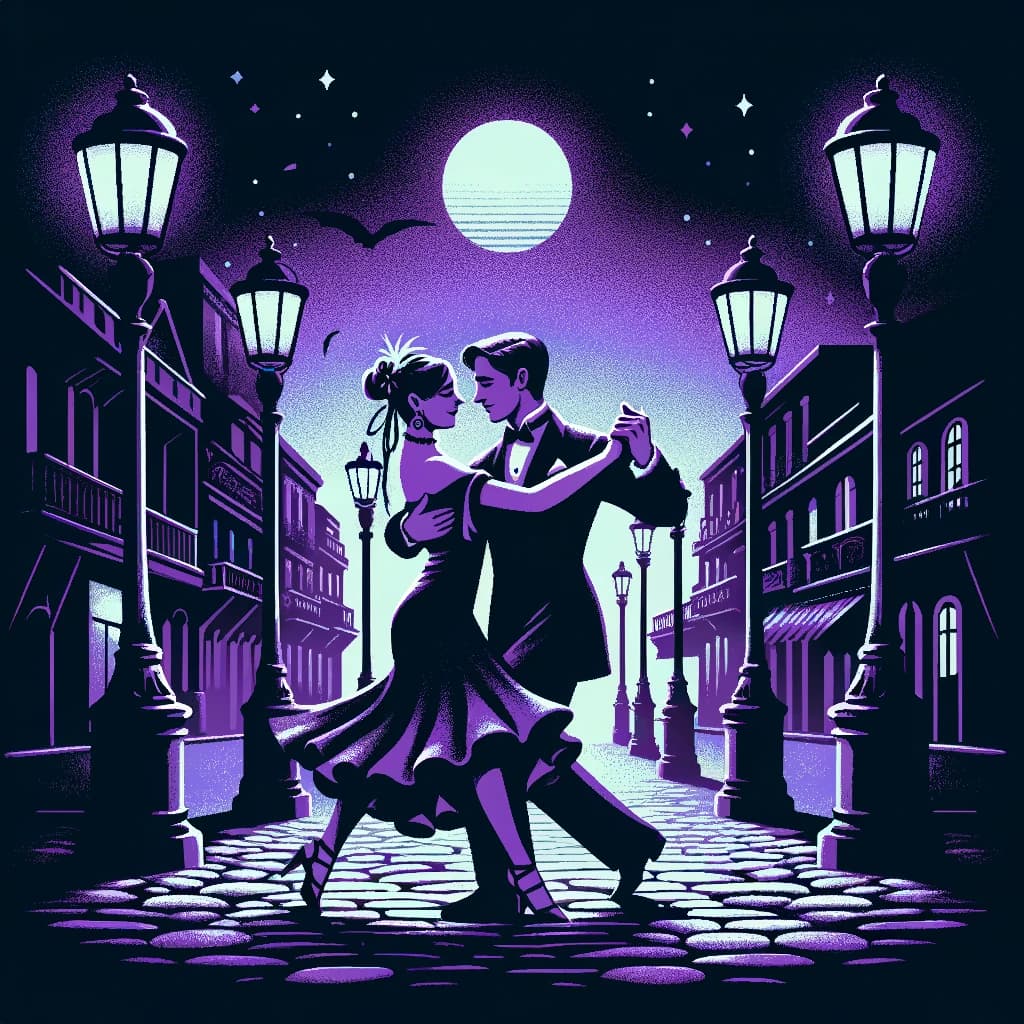In the context of Tango Argentino, “Arrabal” refers to the slums or the outskirts of Buenos Aires, where the roots of tango music and dance were firmly planted. The term “arrabal” evokes a sense of the rough and marginalized neighborhoods that were the birthplace of this passionate and expressive art form.
- Origins and Significance:
- The arrabales were the working-class districts on the fringes of Buenos Aires during the late 19th and early 20th centuries. These areas were characterized by a mix of poverty, vibrant street life, and cultural diversity.
- It was in these neighborhoods that tango began to take shape, influenced by the various musical traditions brought by immigrants from Europe and Africa.
- Cultural Melting Pot:
- The arrabales were a melting pot of different cultures and social classes. The confluence of various musical styles and instruments in these areas gave birth to the unique sound of tango.
- The social environment of the arrabal, with its blend of hardship and community spirit, infused tango with its distinctive emotional depth and storytelling quality.
- Tango Music and Dance:
- In the arrabales, tango music was often played in local bars, brothels, and dance halls. The dance itself was initially considered scandalous and was associated with the lower classes.
- The lyrics of tango songs frequently reflect the life and struggles of the arrabal, telling stories of love, loss, and resilience.
- Evolution and Popularization:
- Despite its humble beginnings, tango eventually gained popularity and respectability, spreading from the arrabales to more affluent areas and even to Europe.
- The essence of the arrabal remains a central theme in tango, celebrated for its raw emotion and authenticity.
- Iconic Representations:
- Many famous tango compositions and lyrics pay homage to the arrabal. For instance, Carlos Gardel, a legendary tango singer, often sang about the life and spirit of these neighborhoods.
- The imagery of the arrabal is deeply embedded in tango literature, music, and dance, symbolizing the genre’s roots and enduring legacy.
In summary, the arrabal is more than just the physical slums where tango originated; it represents the cultural and emotional heart of tango, embodying the struggle, passion, and vibrancy that define the dance itself.













Responses (0 )